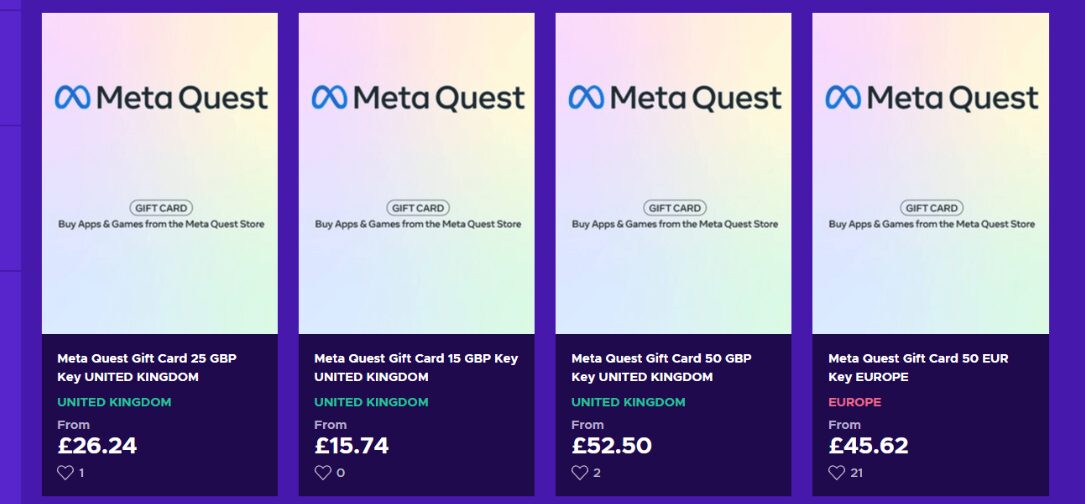From classrooms to boardrooms, headsets are doing more than gaming — they’re rewriting how we learn.
Virtual Reality has long been framed as entertainment’s next frontier. But beyond the flashing lights of gaming and the occasional lightsaber duel lies a quieter, more transformative use case: education and enterprise training.
And while the idea of employees in VR headsets might sound like a futuristic punchline, the numbers — and outcomes — suggest something very real. With hardware like the Meta Quest now more accessible than ever, organizations across industries are realizing that VR isn’t just immersive — it’s effective.
Why Traditional Training Isn’t Keeping Up
For decades, professional learning has leaned on lectures, PDFs, and forgettable slideshows. It’s cheap, scalable… and wildly inefficient. Retention rates are low, engagement is lower, and let’s be honest — nobody’s inspired by another compliance eLearning module with stock photo actors and clunky quizzes.
Enter VR: a medium where learners aren’t just passive participants — they’re inside the training. They’re fixing machinery, navigating crisis simulations, performing medical procedures, or practicing public speaking — all in safe, repeatable virtual environments.
VR Training Gets Results
Immersive learning isn’t just a gimmick — it comes with measurable advantages. Studies show that VR-trained learners can retain information up to 75% better than traditional methods. They’re more confident, make fewer mistakes, and engage with content more deeply — largely because they’re experiencing rather than just observing.
In fields like healthcare, manufacturing, and aviation, VR has already proven invaluable for high-stakes, low-margin-of-error scenarios. You don’t want someone practicing heart surgery or aircraft maintenance for the first time on the real thing. But in VR? It’s all muscle memory without the liability.
Education Is Getting a Headset Upgrade
It’s not just enterprise. Universities and trade schools are leaning in, too. VR chemistry labs, virtual field trips, and interactive anatomy lessons are now possible — even from home. That’s especially impactful for remote or underserved regions, where physical labs or specialized equipment may be limited or unavailable.
And with consumer-grade headsets like the Meta Quest, institutions no longer need multimillion-dollar rigs to get started. A single Meta Quest card can help students or employees unlock premium apps, modules, or simulations tailored to their curriculum or company protocols.
Accessibility and Scalability Are No Longer Barriers
The cost of adoption used to be the biggest hurdle. Now, devices like the Meta Quest offer untethered, high-fidelity VR at a fraction of the cost of traditional training programs. And distribution is simple: a company can onboard hundreds of employees across multiple locations — no flights, no hotels, no printed manuals. Just headsets, apps, and updates pushed remotely.
Digital marketplaces like Eneba also make it easier to manage access by offering deals on Meta Quest cards. Organizations and individuals alike can top up VR accounts securely, enabling instant access to premium training platforms, educational simulations, and certification modules without the overhead of managing subscriptions or reimbursements.
VR Isn’t a Future Tool — It’s a Present Solution
Whether it’s helping new hires onboard faster or giving medical students a risk-free environment to hone their skills, VR is reshaping how we approach training. It offers immersion without danger, engagement without distraction, and retention without repetition.
And with tools like the Meta Quest card, investing in immersive learning isn’t just practical — it’s scalable, secure, and already available.
So yes, VR might still be fun for games. But for education and enterprise? It might just be the most serious upgrade we’ve had in years.

































